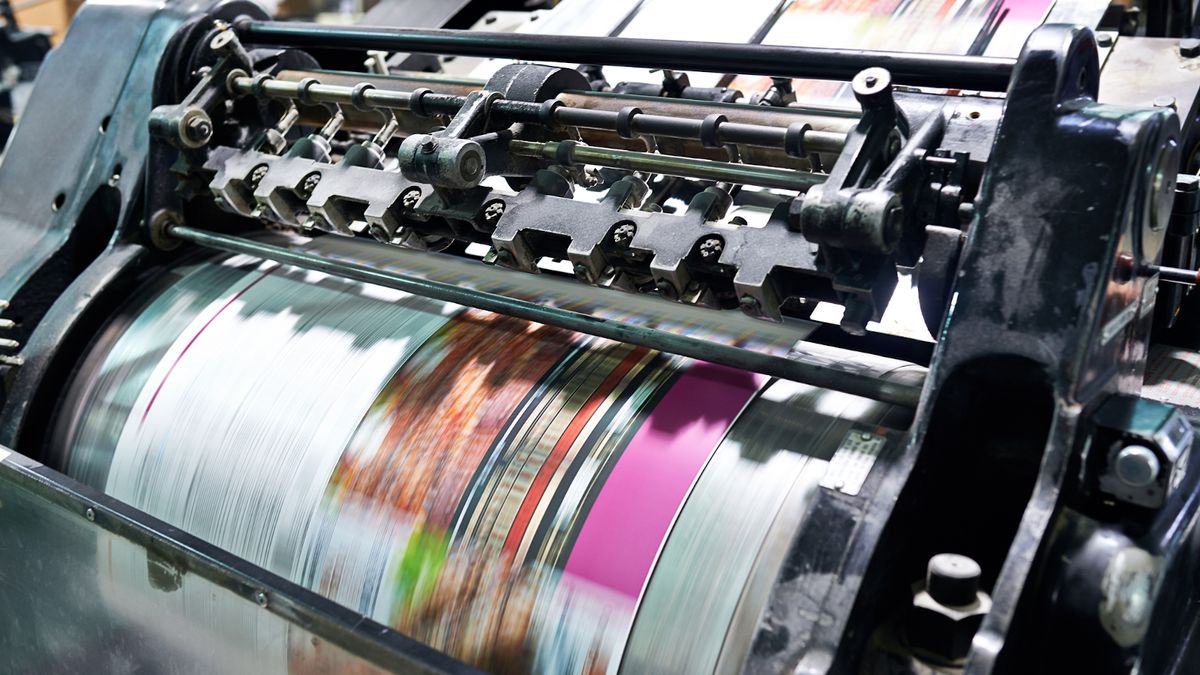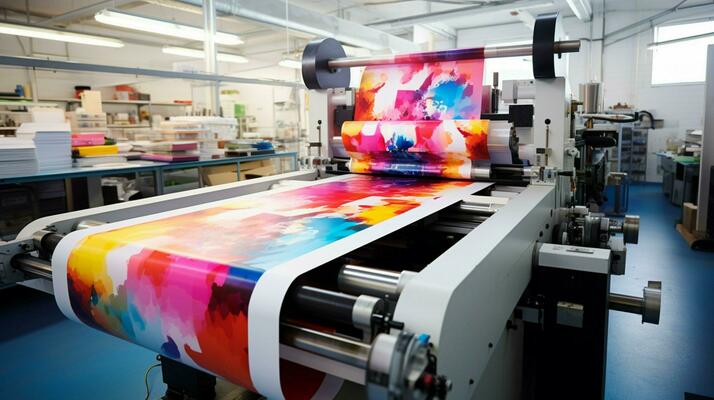When it comes to preparing for a wedding, one of the vital aspects that often gets overlooked is the wedding invitation. A beautifully designed invitation sets the tone for the event, and choosing the right printing method can make all the difference. Offset printing for wedding cards is a popular choice for couples who desire high-quality, professional-looking invitations. In this guide, we will explore why offset printing stands out and how it can be the perfect choice for your wedding cards.

What is Offset Printing?
Offset printing is a traditional printing technique that involves transferring an inked image from a plate to a rubber blanket, and then onto the printing surface, usually paper. This method is known for its ability to produce sharp and clean images and text, making it ideal for high-volume print jobs like wedding cards.
Why Choose Offset Printing for Wedding Cards?
There are several reasons why you might choose offset printing for your wedding cards:
High-Quality Output
The primary advantage of offset printing is the superior quality of the final product. The technology allows for precise color reproduction and crisp, detailed images that can make your wedding cards stand out.
Cost-Effective for Large Volumes
For large batches, offset printing becomes more cost-effective compared to other methods. This is particularly beneficial for weddings with a large guest list.
Versatility in Printing Materials
Offset printing can be done on a variety of paper types and weights, allowing you the flexibility to choose the perfect paper for your wedding invitations.
Offset Printing Process for Wedding Cards
The process of offset printing involves several steps:
Design Creation
First, the design of the wedding card is created. This can be done using graphic design software or by hiring a professional designer. Attention to detail is crucial in this step to ensure the final product meets your expectations.
Plate Making
Once the design is finalized, plates are created for each color used in the design. These plates are essential components of the offset printing process, as they transfer the ink to the rubber blanket.
Printing
The actual printing takes place after the plates are ready. The paper is fed through the printing press, where the inked image is transferred from the plates to the rubber blanket and then onto the paper.
Finishing Touches
After printing, the wedding cards may undergo additional processes such as cutting, folding, or embossing to achieve the desired look.
Comparison with Digital Printing
While digital printing is another popular method for printing wedding cards, there are distinct differences between the two. Offset printing offers higher quality and is more cost-effective for large runs, whereas digital printing is more suitable for smaller batches and quick turnarounds. For a detailed comparison, you can visit this comprehensive guide on offset vs digital printing.
Environmental Considerations
Offset printing is considered more environmentally friendly as it uses plates that can be reused, and the inks are generally vegetable-based, reducing the environmental impact. This can be an important consideration for eco-conscious couples.
Choosing the Right Printing Company
When selecting a company for offset printing, it’s important to consider their reputation and experience in wedding card printing. Look for companies that offer a range of customization options and can provide samples of their previous work.
Customization Options
A good printing company will offer various customization options, such as paper selection, foil stamping, and embossing, to make your wedding cards unique and memorable.
Case Studies: Successful Wedding Card Designs
Several couples have shared their success stories with offset printing for their wedding cards. These case studies demonstrate the versatility and quality of the printing method. For example, one couple opted for a vintage-style invitation with intricate floral designs, while another chose a modern minimalist approach with bold typography.
FAQs
What is the average turnaround time for offset printed wedding cards?
The turnaround time can vary depending on the complexity of the design and the printing company’s schedule. Typically, it ranges from two to four weeks.
Can I see a proof before the final print?
Yes, most printing companies will provide a proof for your approval before proceeding with the full print run. This ensures that any necessary changes can be made.
Is offset printing more expensive than digital printing?
While the initial setup cost for offset printing can be higher, it becomes more cost-effective for larger print runs compared to digital printing. [Learn more about offset printing setup costs](https://fullcolorprintingfirm.com/offset-printing-setup-cost/) for detailed insights.
For more insights on how offset printing can be utilized in different applications, check out our articles on offset printing for newsletters and offset printing for business cards.

Conclusion
In conclusion, offset printing for wedding cards offers exceptional quality and versatility, making it an ideal choice for couples who want their invitations to leave a lasting impression. By understanding the process and benefits, you can make an informed decision that ensures your wedding cards are as special as your big day.
This article contains affiliate links. We may earn a commission at no extra cost to you.







